These stunning photographs of Hong Kong in the 1950s are captured beautifully by a teenager – Ho Fan, who arrived from Shanghai in 1949. Ho was strongly moved by the streets, filled with vendors, coolies and rickshaw drivers of the city. Taking pictures in a studio was the norm then, but Ho was more interested in random, candid shots of strangers. In the 1950s, Ho was just a teenager, and photographing strangers in the streets was more challenging than it might be today – many superstitious people believed that Ho’s Rolleiflex camera would take their spirits away. “With a knife in his hand, a pig butcher said he would chop me. He wanted his spirit back,” Ho recounted to South China Morning Post.
It is a great street photography that gives a peek into daily life in Hong Kong at that time.
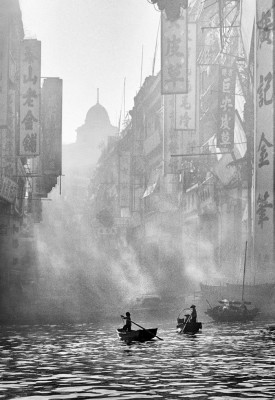
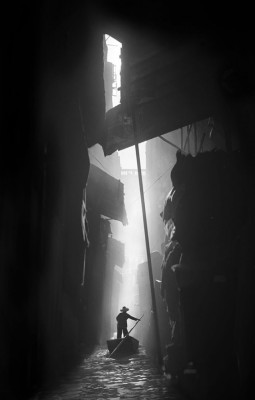
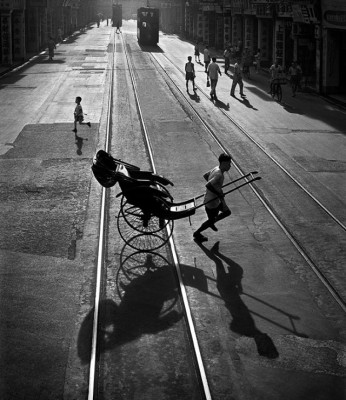
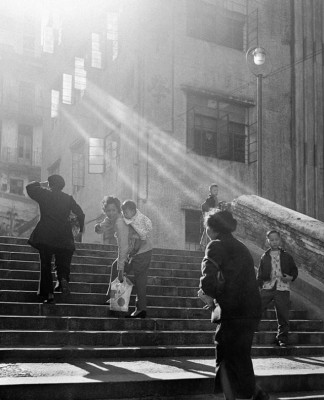
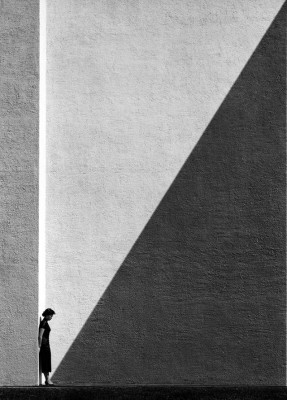
The 1950s in Hong Kong began after Japanese rule ended in 1945 with sovereignty returning to the British. However, the Nationalist-Communist Civil War was renewed in mainland China. It prompted a large influx of refugees from the mainland, causing a huge population surge: from 1945 to 1951, the population grew from 600,000 to 2.1 million. The government struggled to accommodate these immigrants. Unrest in China also prompted businesses to relocate their assets and capital from Shanghai to Hong Kong. Together with the cheap labour of the immigrants, the seeds of Hong Kong’s economic miracle in the second half of the 20th century were sown.
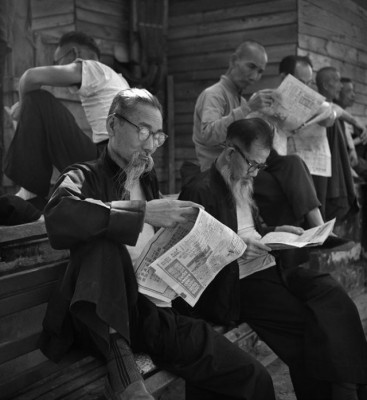
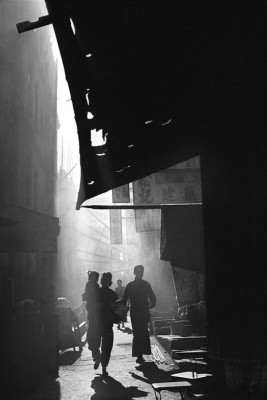
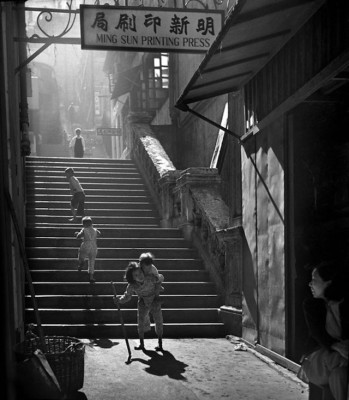
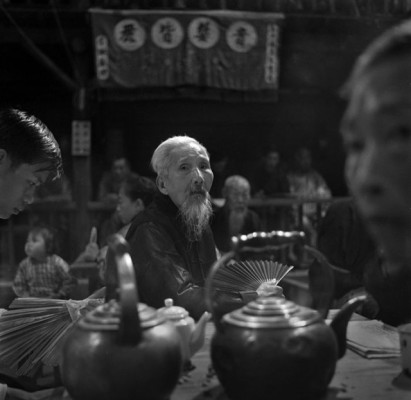
The 1950s began with a large number of impoverished people without jobs and natural resources. The problem was further compounded with a flood of refugees from mainland China who were able to cross due to the lack of border controls until June 1951. The People’s Republic of China was established in 1949 under a reorganised Communist Party. As many as 100,000 people fled to Hong Kong each month under the new regime, many of whom were rich farmers and capitalists who brought with them management experience, though even more were criminals who established the influential triad society in Hong Kong. By the mid-1950s, Hong Kong had increased its population to a staggering 2.2 million. By 1956, Hong Kong’s population density became one of the highest in the world.
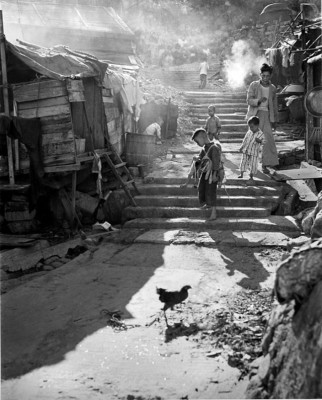
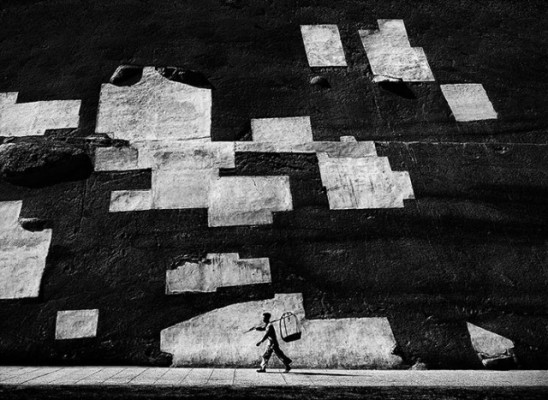
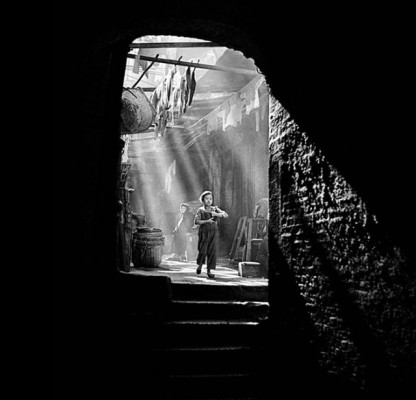
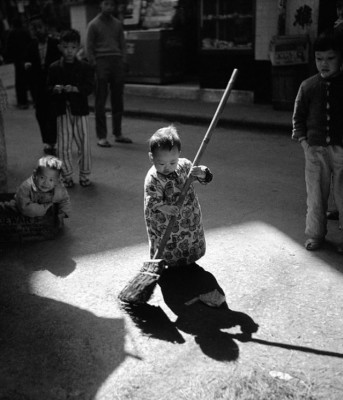
In 1953, the Shek Kip Mei fire left 53,000 homeless. This prompted major change: Sir Alexander Grantham, the 22nd Governor of Hong Kong, drew up an emergency housing programme that introduced the ‘multi-storey building’ as a common building form. His structures were capable of housing 2,500 people in a fire/flood-proof structure. The idea was to house as many and as fast as possible to deal with the homeless shelter crisis. Every floor in the building included a communal room, washroom, and toilet facility. Each person was granted 24 square metres of space. The high rise buildings would become the norm as skyscrapers have a small footprint compared to their overall volume.
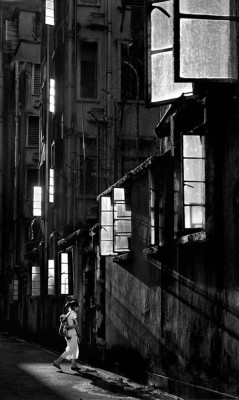
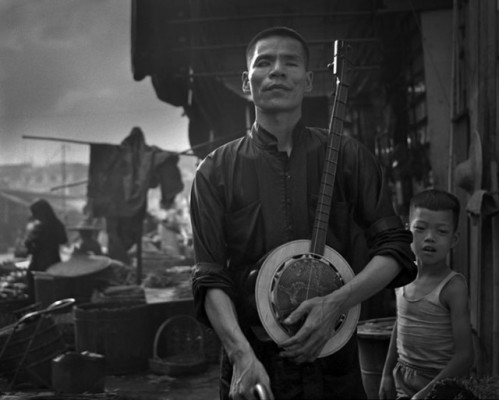
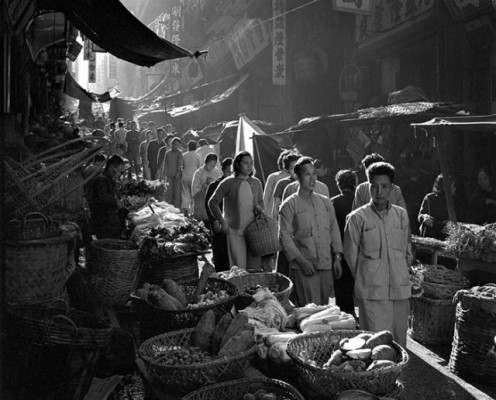
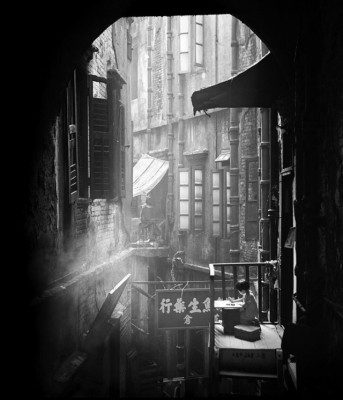
Skills and capital brought by refugees of Mainland China, especially from Shanghai, along with a vast pool of cheap labour helped revive the economy. At the same time, many foreign firms relocated their offices from Shanghai to Hong Kong. Enjoying unprecedented growth, Hong Kong transformed from a territory of entrepôt trade to one of industry and manufacturing. The early industrial centres, where many of the workers spent the majority of their days, turned out anything that could be produced with small space from buttons, artificial flowers, umbrellas, textile, enamelware, footwear to plastics.
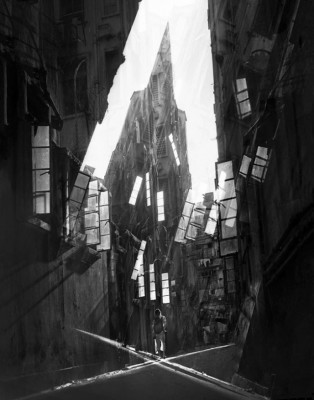
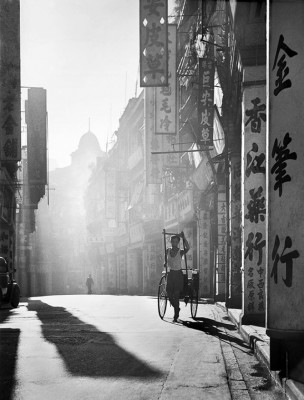
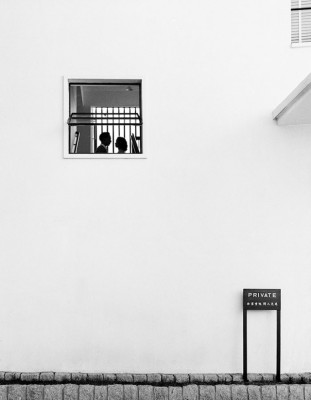
“The world advances in big steps. It’s inevitable like a person going through life – ageing, illness and death,” he said.
The featured photography is part of his book “A Hong Kong Memoir”
Image credits: Ho Fan
